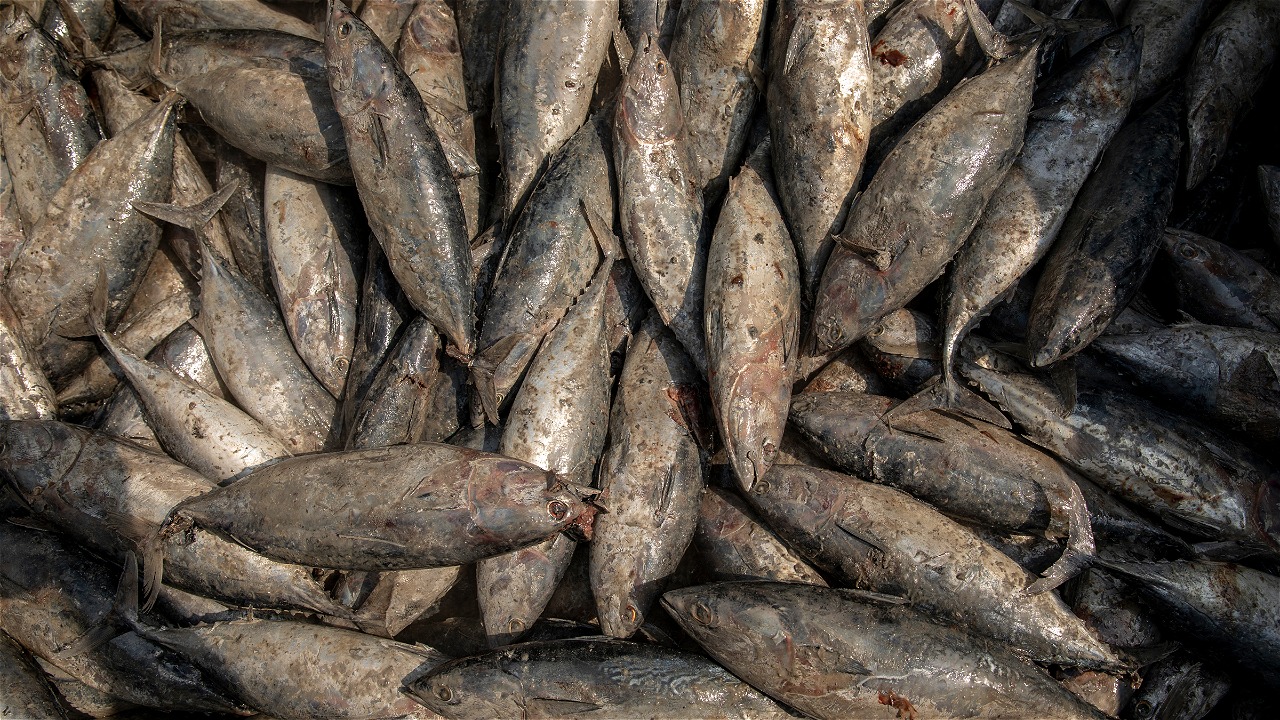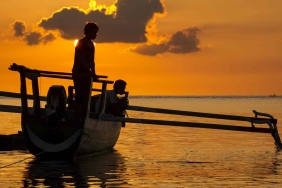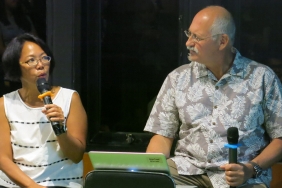EVALUATION OF THE SUSTAINABILITY OF TUNA FISHERIES IN SOUTHERN EASTERN JAVA
By: Adrian Damora (Fisheries Science Officer, WWF-Indonesia)
Groups of tuna tend to be attracted to and associate with floating material in their vicinity. This trait makes FADs an effective tool in tuna fishing. In Indonesia, FADs began to be widely used in the southern waters of East Java during the 1990s. FADs that are left floating will collect fish to make it easier for fishermen to conduct fishing activities.
Evidently, in 2015 around 50% of tuna production in Indonesia came from fishing around FADs. Unfortunately, this increase in production was also accompanied by the capture of many tuna juveniles that were strongly suspected of being caught around FADs. While this may give fishermen an obvious economic advantage in the short term, the main goal of capture fisheries management is to achieve long-term benefits. This background then underlies the collection of data and information to evaluate the sustainability of FAD-based tuna utilization in the southern waters of East Java.
From March 2016 to July 2017, WWF-Indonesia together with the Faculty of Fisheries and Marine Science of Brawijaya University conducted research on the performance of FAD-based tuna fishing in the southern waters of East Java. After more than a year of research, it was found that the number of fleets operating using FADs exceeded the optimum number of FADs and the high rate of juvenile tuna caught would impact the sustainability of tuna fisheries in the area.
The catches of yellowfin tuna, bigeye tuna and albacore tuna landed at PPI Pondokdadap, Malang were larger than their sexually mature size. However, the capture of juvenile tuna mixed with skipjack could be an obstacle to the sustainability of tuna fishing in the future," said Dr. Dewa Gede Raka Wiadnya in one of his presentations. He also said that the calculation of profit and loss from this tuna fishing business still has relatively high uncertainty.
Adrian Damora in his presentation said, "The total estimated FAD installation area based on the polygon area obtained from plotting FAD coordinates is 219,792 km2. And referring to the Regulation of the Minister of Maritime Affairs and Fisheries Number 26/PERMEN-KP/2014, the optimum number of FADs based on the actual area is 814 units, with an allocation of fishing units for the fishing fleet (the main tuna fishing fleet at PPI Pondokdadap) of 380 units." For information, there are currently 644 units of the tuna fishing fleet operating and landing their catch at PPP Pondokdadap.
The research results were presented in a dissemination session on September 26, 2017 at the Hall of the Faculty of Fisheries and Marine Science, Universitas Brawijaya, Malang City. Dr. Sukandar, M.Si as the representative of the Dean of the Faculty of Fisheries and Marine Science, Universitas Brawijaya opened the event which was attended by various stakeholder representatives, including the East Java Provincial Maritime and Fisheries Service, Malang Regency Fisheries Service, Trenggalek Regency Fisheries Service, and representatives from fishermen groups in Sendangbiru, Malang Regency. Two research themes were presented by two speakers, Dr. Dewa Gede Raka Wiadnya from Universitas Brawijaya and Adrian Damora from WWF-Indonesia.
The results of this study will be used as a basis by the East Java Provincial Maritime and Fisheries Office to develop tuna fishing quota arrangements for small-scale fishers. This is part of the harvest control rules scheme and the implementation of innovations from right-based fisheries management for tuna fisheries in its administrative area. It is hoped that similar research can also be duplicated in other tuna fisheries bases in East Java Province so that more scientific data can be collected to formulate tuna fisheries management in this province. [end]>





